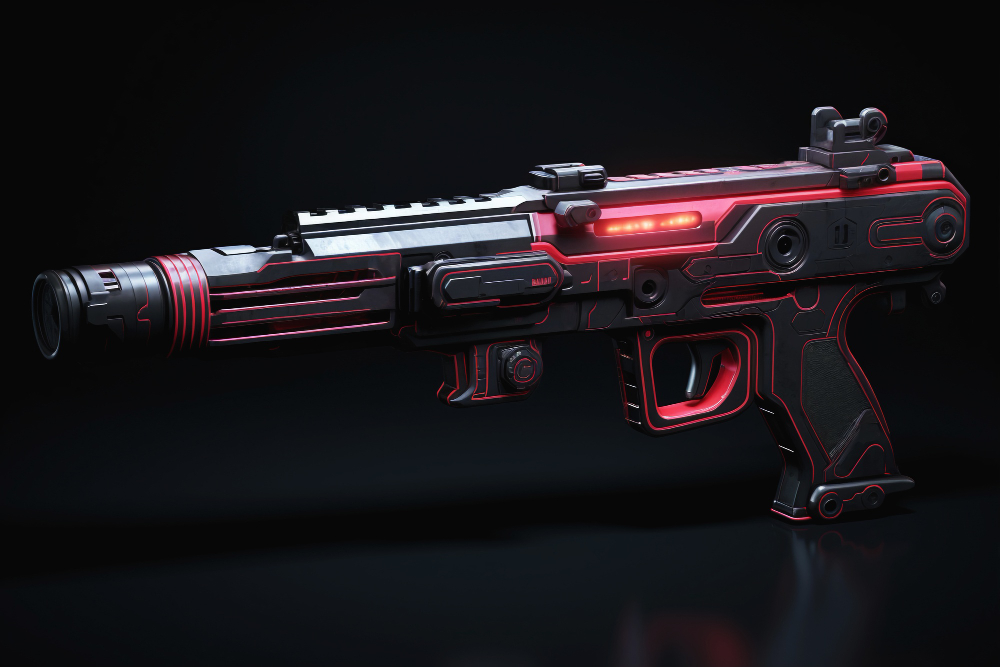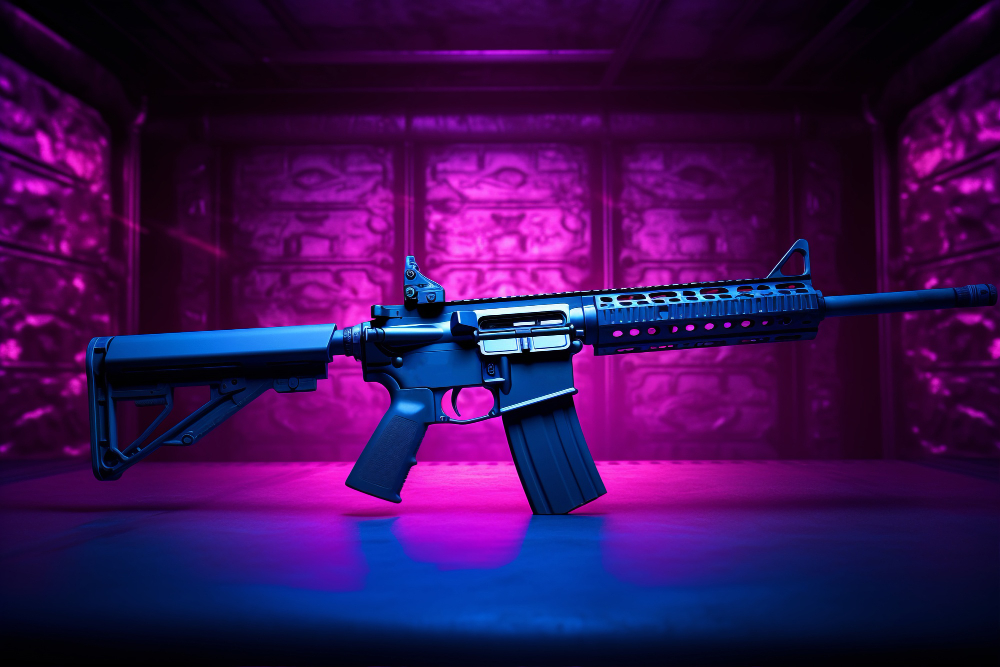Creating a gun 3D model in OBJ format can be a rewarding experience for both hobbyists and aspiring 3D artists. Whether you’re new to gun 3D modeling or have some experience, this guide will provide essential tips and tricks to create a realistic and detailed gun 3D model. Additionally, there are numerous free 3D gun models available for download, which can be a great resource for beginners.
Understanding the Basics of Gun 3D Model
Before diving into creating your gun 3D model, it’s crucial to understand the basics of 3D modeling and the different file formats available. Popular file formats for 3D models include OBJ, FBX, STL, blend, and DAE, each offering unique features and compatibility with various software applications. OBJ files contain geometry information, such as vertices, edges, and faces, making them ideal for creating detailed 3d models, like guns.
Choosing Your Blender Software
To create a gun 3D model, you’ll need reliable 3D modeling software. Some popular options include:
- Blender: A powerful, free 3D modeling tool that supports various file formats, including OBJ, FBX, and STL.
- 3ds Max: A professional-grade software used extensively in the gaming and film industries.
- Maya: Another industry-standard software known for its robust modeling capabilities.
These software options are capable of creating detailed models of various firearms, including rifles. For beginners, Blender is an excellent choice due to its comprehensive features and supportive community.
Starting Your Gun 3D Model
Reference Images: Begin by gathering reference images of the gun you want to model. These images will guide you in creating accurate shapes and proportions. By following these steps, you can create various gun models, including submachine guns, assault rifles, and sniper rifles.
Basic Shapes: Start with basic shapes like cylinders and cubes to block out the primary parts of the gun. This step helps you establish the overall structure before adding details.
Refining the Model: Gradually refine your gun 3D model by adding more vertices and edges. Focus on creating smooth and realistic curves for the gun barrel and handle.
Adding Textures and Details to Gun 3D Model
Once the basic shape is complete, it’s time to add finer details and textures to your gun 3D model:
Textures: Apply textures to give your model a realistic appearance. You can find free 3D textures online or create your own using software like Substance Painter.
UV Mapping: Proper UV mapping ensures that your textures align correctly with the model. Blender and other 3D software provide tools for easy UV unwrapping.
Exporting Your Model in OBJ Format
After completing your gun 3D model, you’ll need to export it in OBJ format. Here’s how to do it in Blender:
Select Your Model: Ensure your gun model is selected.
Export: Go to File > Export > Wavefront (.obj).
Settings: Configure the export settings as needed. For instance, you can choose to export only selected objects or apply modifiers.

Additional Tips
- Practice Regularly: Like any skill, 3D modeling improves with practice. Regularly challenge yourself with new projects.
- Explore Tutorials: Online tutorials can provide valuable insights and techniques. Websites like YouTube and Blender Guru offer a wealth of resources.
- Join Communities: Participate in 3D modeling communities to share your work and receive feedback. Platforms like Reddit and ArtStation are great places to connect with other artists.
Conclusion
Creating a gun or rifle 3D model in OBJ format is an excellent project for beginners looking to hone their skills in 3D modeling. By following these tips and utilizing tools like Blender, you can create detailed and realistic 3D models for games, animations, or 3D printing. Remember to leverage reference images, practice regularly, and engage with the 3D modeling community to continuously improve your craft.
Ready to take your 3D modeling skills to the next level? Visit 3DAiLY for expert artists and resources to help you create stunning gun 3D models in OBJ format. Happy modeling!



